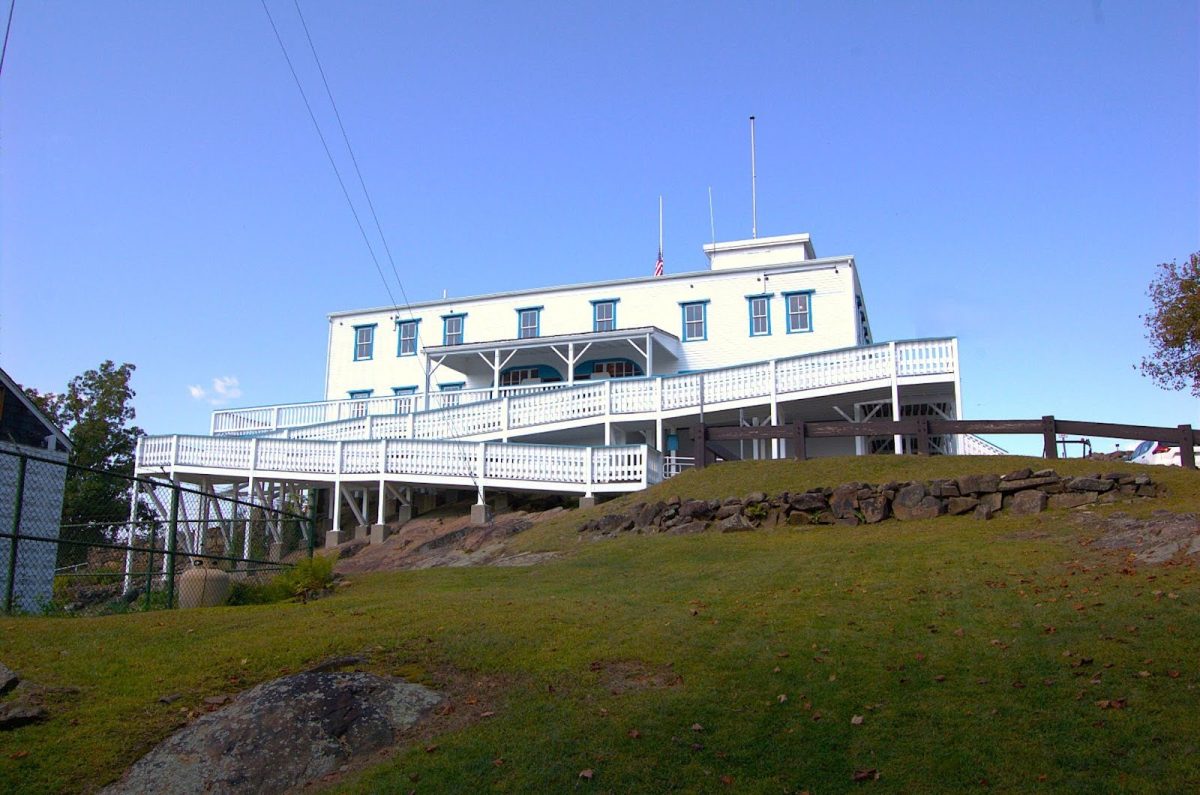Have you ever felt that the world around you seemed less vibrant, more muted, or just grayer? Maybe you remember playing outside during recess in Elementary School with all of the lush green trees and grass while the bright blue sky hung overhead. And perhaps you’ve thought to yourself now, “Where did all that color go?” Well, you’re not alone. This feeling isn’t merely a poetic metaphor for growing up; it’s a phenomenon influenced by a mixture of psychological, technological, and societal factors. So let’s dive into the reasons why our world is losing its vibrant color.
Emotions and Color
Believe it or not, our emotions significantly impact how we perceive colors. According to a study published in Psychological Science, people experiencing sadness had a lower ability to distinguish between colors, particularly along the blue-yellow spectrum. This suggests that our mood can color—or decolor—our perception of the world. So when you’re feeling low, the world might look more washed out than it usually does.
Aging Reduces Color
As we get older, our eyes go through changes, too. The lens of our eye slowly yellows, which filters out some of the blue light we’d normally see. Additionally, the cells responsible for seeing color don’t work as well over time either. These changes make it harder to distinguish between certain shades, especially blues and purples, leading to a less colorful visual experience. It’s not that the colors are gone; rather, it’s just that they’re harder to notice.
Screens are Limited in Color Display
We’re constantly surrounded by screens (phones, TVs, laptops), but the way they show color is pretty limited. Most digital screens use red, green, and blue (RGB) light to create all the images we see. However, this method can’t replicate the full spectrum of colors visible to the human eye. Consequently, many hues, especially those found in nature, can’t be accurately represented on digital devices. This limitation can make our digital interactions feel less vibrant compared to real-life experiences. That’s why sunsets or nature scenes can feel a little flat or “off” when we’re looking at them on a screen compared to real life.
Why Cities Feel So Gray
If you’ve ever looked around and thought everything looked a bit…gray, you’re not alone. A study that looked at thousands of photos from the 1900s to the present found that there has been a shift towards more neutral color palettes over time. In today’s world, design trends in cities often lean toward black, white, and gray tones. It’s sleek and modern, but it also means we’re surrounded by a lot less color than we used to be. This move towards minimalism, while aesthetically pleasing to some, contributes to a less colorful daily environment.
Your Eyes Aren’t Seeing as Much as You Think
Interestingly, our peripheral vision doesn’t pick up on much color, but our brain fills in the blanks and makes us think everything is in full color. In one study using virtual reality, the participants failed to notice when up to 95% of their peripheral vision was desaturated. This finding suggests that our perception of a colorful world is, to some extent, just an illusion of the mind.
The Rise of “Dark Mode” and the Shift Towards Minimalism
The increasing popularity of “dark mode” on digital devices, characterized by light text on dark backgrounds, has now reached the far corners of the internet. It’s supposed to help reduce eye strain and save battery life, but it also changes how things look by decreasing the amount of color being shown. This preference for darker interfaces may subconsciously influence our perception, making the digital world feel less colorful and more muted over time.
Conclusion
If it feels like the world’s lost some of its color, you’re not imagining it. Whether it’s our emotions, our eyes, the tech we use, or just the world around us becoming more minimalist, there are a lot of reasons things might look duller than they used to. But the good news? Color is still out there. Sometimes we just have to be a little more intentional about finding it, whether through nature, art, or anything else that reminds us how vibrant the world can be.




